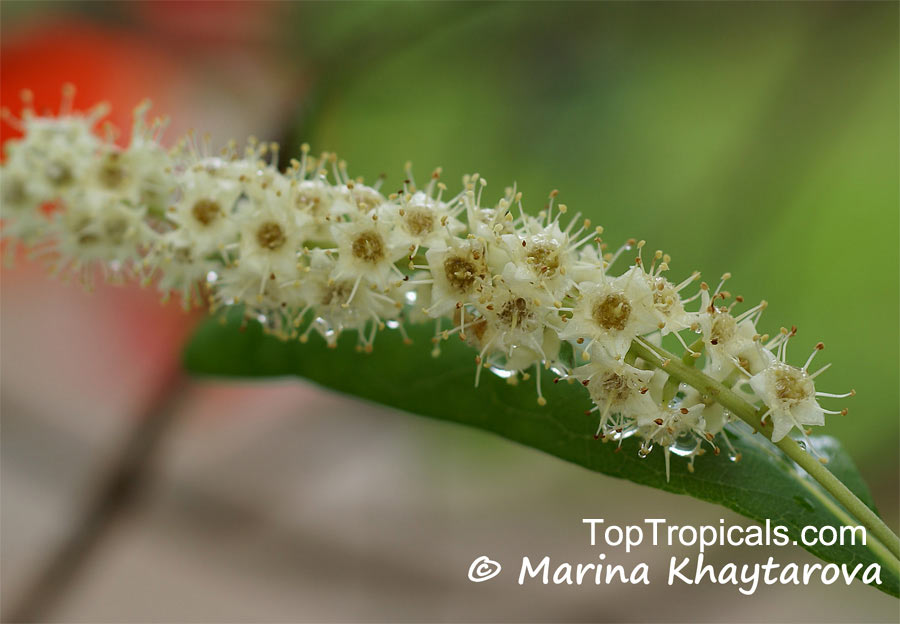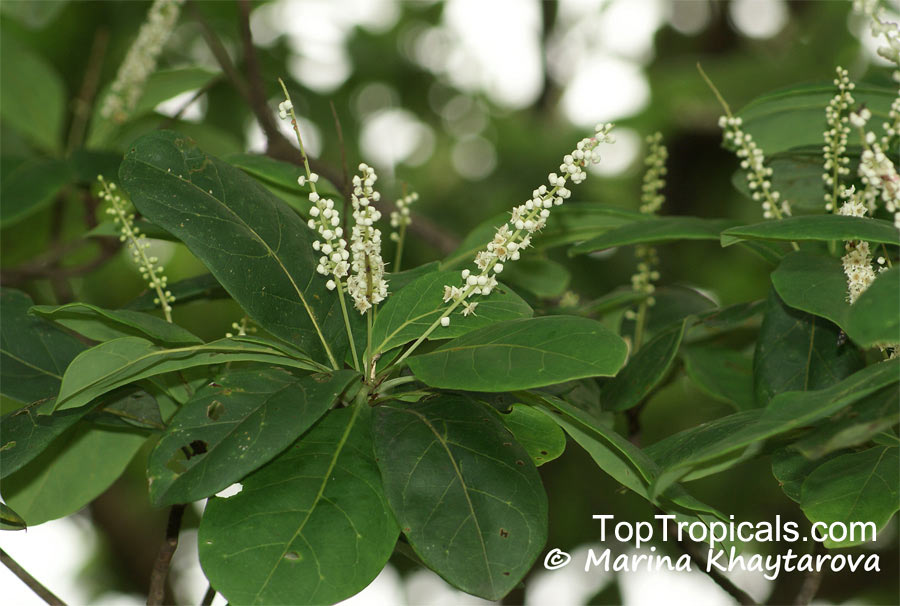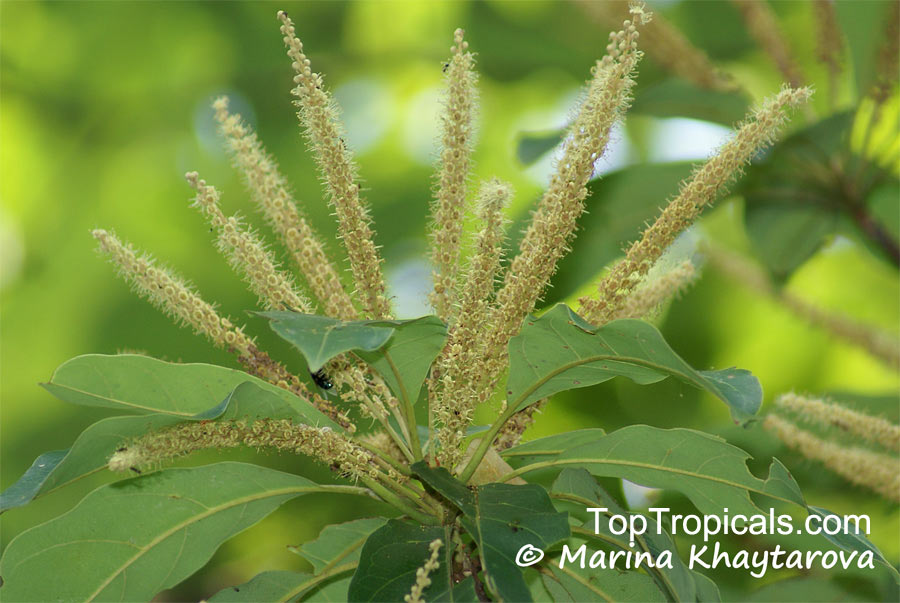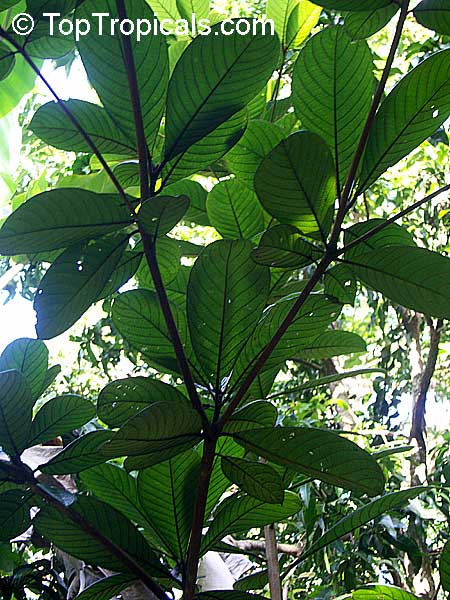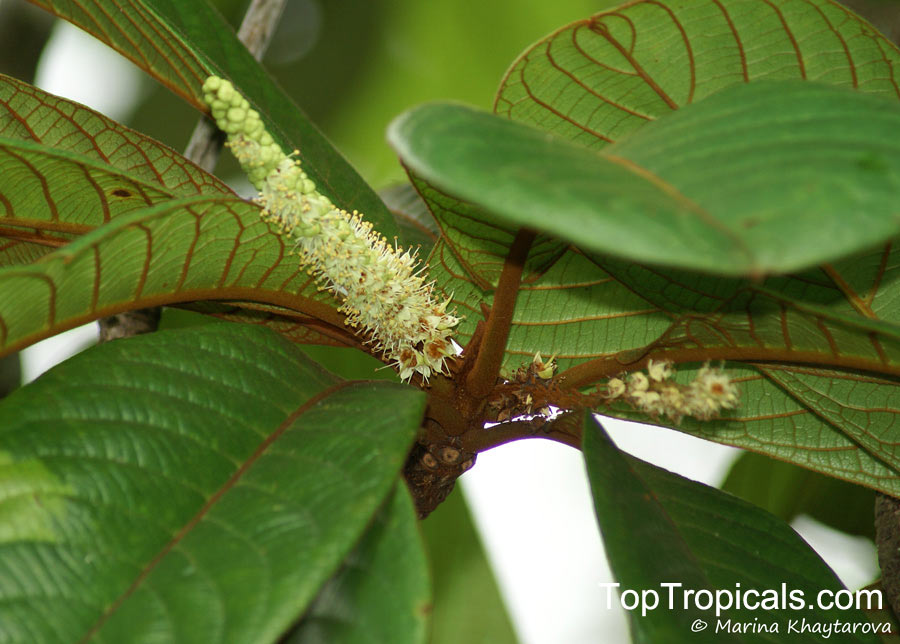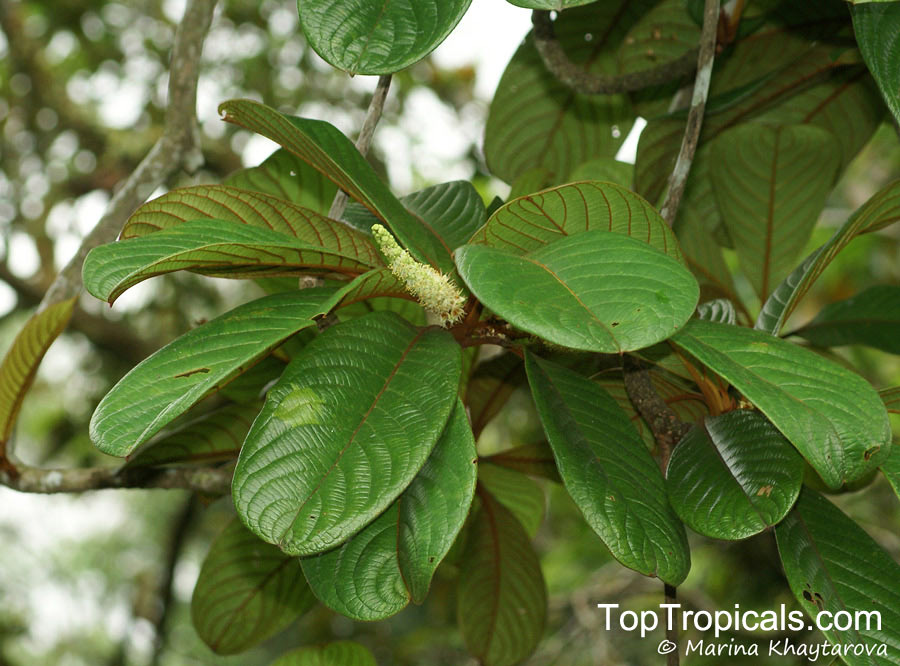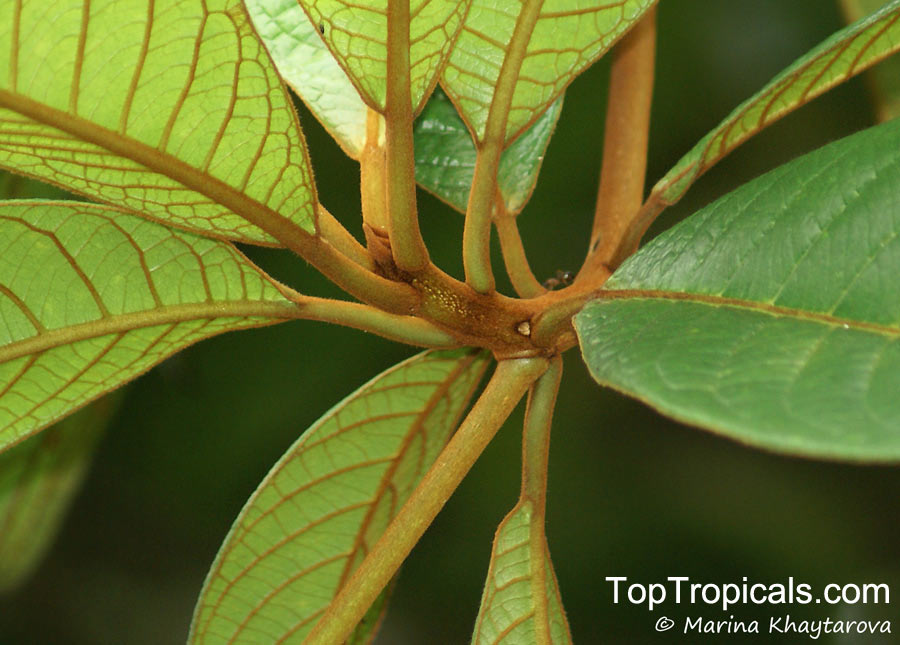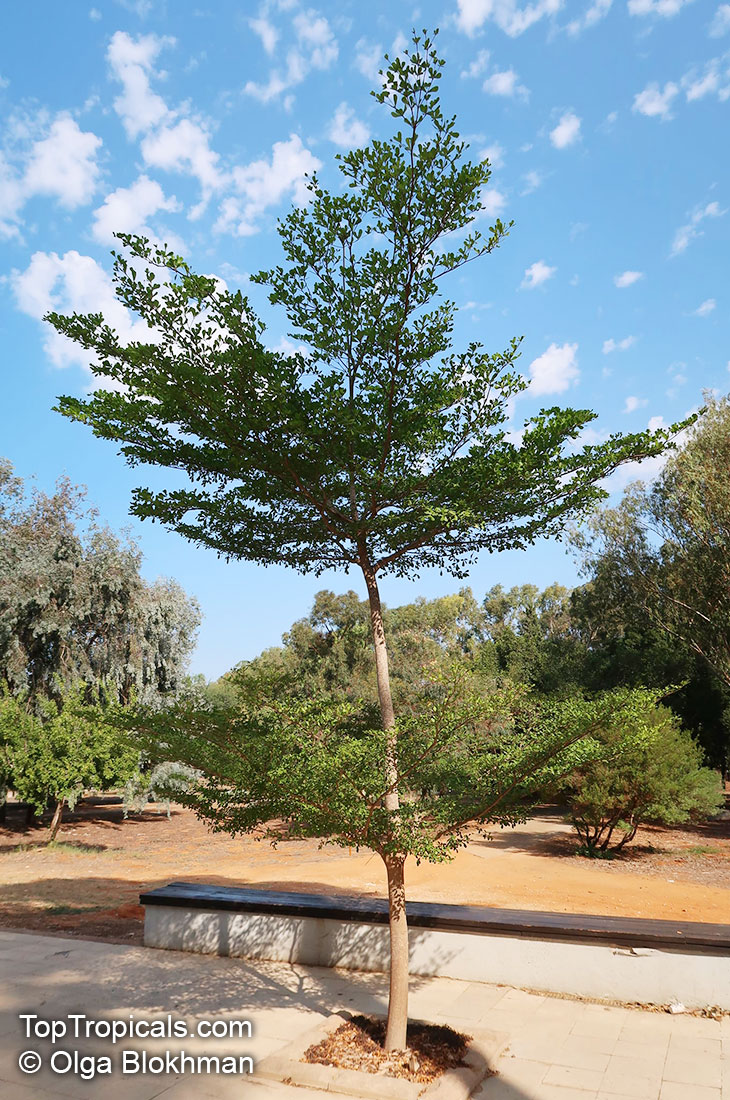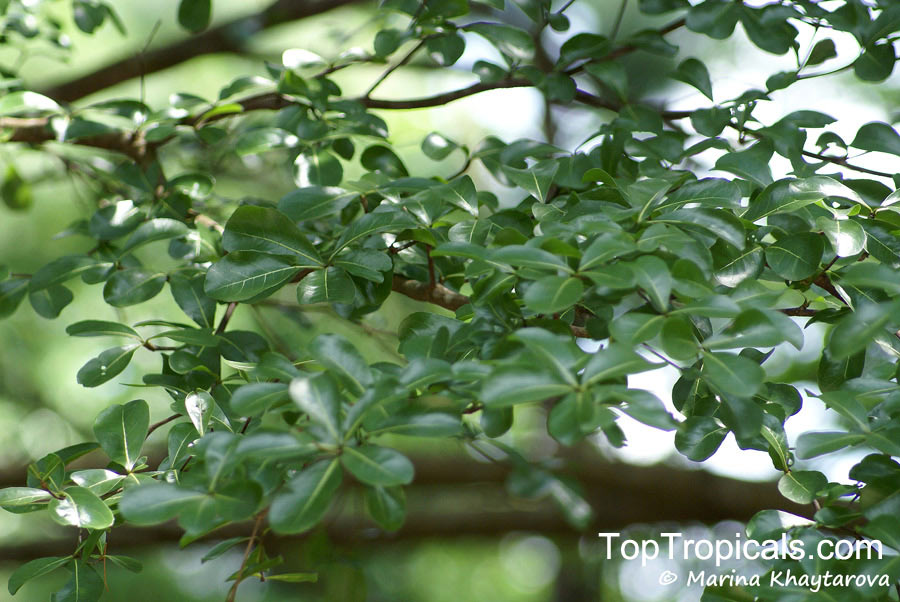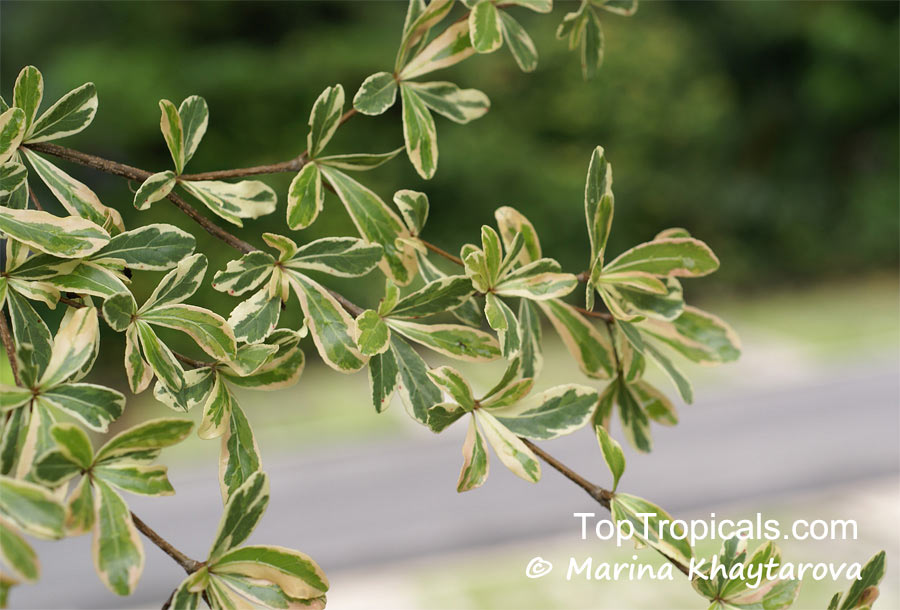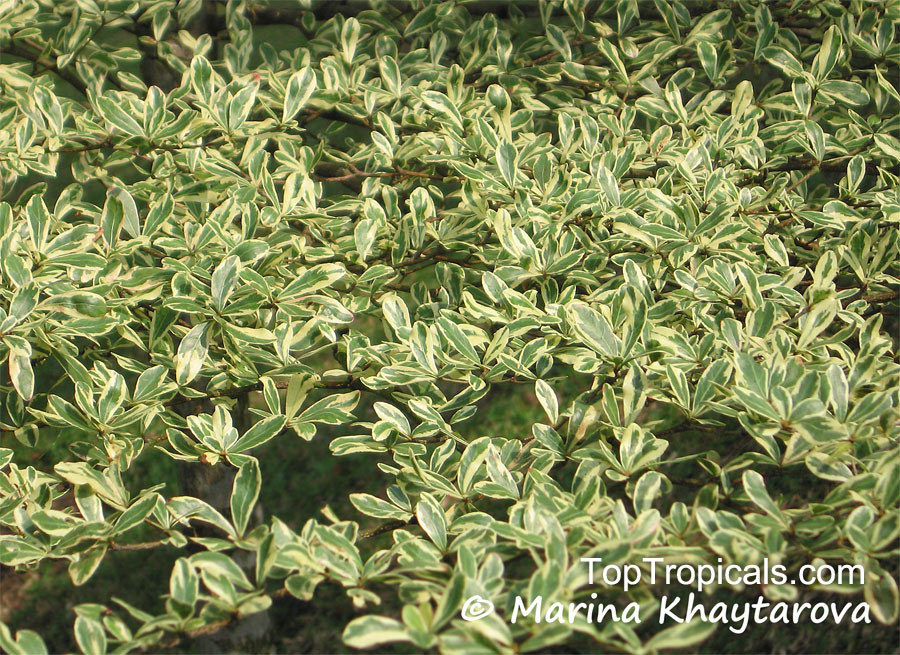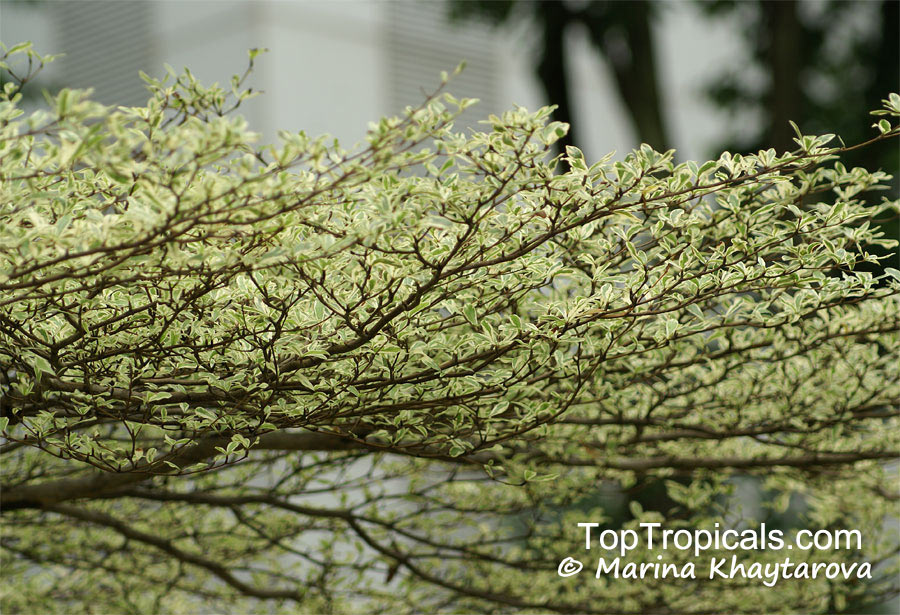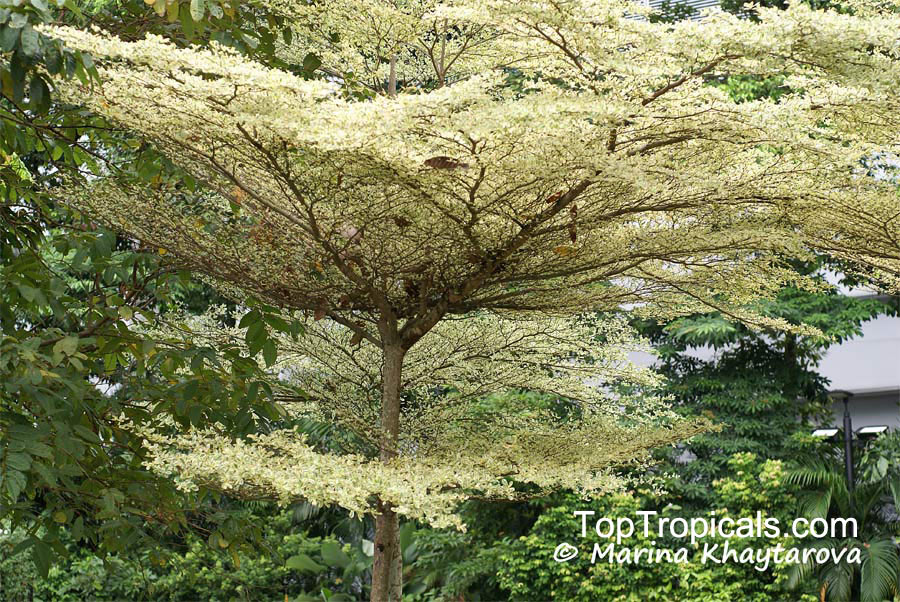Terminalia - Plant Encyclopedia Results
Top Tropicals Plant Encyclopedia
| Number of plants found: 11 | Next | 
|
Go to page: | 1 | 2 |
Botanical names: Bucida buceras, Terminalia buceras
Common names: Florida Black Olive Tree, Shady Lady, Oxhorn Bucida, Gregory Wood
Family: Combretaceae
Origin: Florida






Can reach heights of over 20' tall, stature is strictly dependent upon maintenance and growing conditions. Very drought-tolerant once established. Growth rate is slow to moderate, matte green foliage turns yellow before dropping off in winter. Irregularly shaped branches often can reach quite large diameters. Mature plant cold hardy at least to 30s F for a short time.
Plant care for Bucida buceras (Florida Black Olive Tree) includes full sun and moderate water. Generally, it is easy to grow in a variety of soils as long as they are moist and well-drained. However, it does get affected by phytophthora root rot in wet soils, so a drainage hole should be placed in containers or in the ground if the soil tends to become inundated with water. Root rot can also be treated with a fungicide. The plant should be used in warmer climates, preferably in USDA Zone 9-11. It is not tolerant to cold temperatures, surviving no lower than 30 degrees Fahrenheit.
If you are planning to grow Florida Black Olive Trees in a container in a cold region, they will require more maintenance with respect to water and cold weather protection. To protect the root ball from freezing, the container should be placed in a sheltered area, preferably a porch or garage. Additionally, the container should be one that provides good drainage and is large enough to provide the plant enough room for root growth. In order to protect the plant from freezing, wrap it in burlap or other breathable material over the winter and keep it moist to prevent it from drying out. If the soil in the container dries out in the winter, it can become more susceptible to damage from frosts. Finally, move the container with the Florida Black Olive Tree indoors to protect it from prolonged temperatures below 30 degrees Fahrenheit.
Botanical names: Bucida spinosa, Bucida molinetti, Terminalia spinosa
Common names: Spiny Black Olive, Ming Tree
Family: Combretaceae
Origin: Florida, Caribbean









Exotic rare small tree that is valuable as unusual bonsai subject or specimen plant. This delicate tree grows into a bonsai almost by itself. Can be used as a potted indoor tree. It is very salt tolerant, making it a good choice for bonsai lovers by the sea. Bonsai shapes that are awesome. They have small leaves and thorns and and grow out erratically in all directions, forming diamond-like lace. The tree produces a small, black seed-capsule. In natural habitat, Black olive can grow as 40 ft tall evergreen tree with a smooth trunk holding up strong, wind-resistant branches, forming a pyramidal shape when young but developing a very dense, full, oval to rounded crown with age. Sometimes the top of the crown will flatten with age, and the tree grows horizontally. The lush, dark bluish-green, leathery leaves are two to four inches long and clustered at branch tips, sometimes mixed with the 0.5 to 1.5-inch-long spines found along the branches. The plant likes to be well-watered and frequent fertilization, which promotes vigorous growth. Pest problems seem rare. It may throw some leaves during stress (like shipping or cool weather), but will recover easily.
Botanical names: Terminalia bentzoe, Terminalia angustifolia
Common name: Benjoin
Family: Combretaceae
Origin: Mascarene Islands






Botanical name: Terminalia calamansanai
Common names: Philippine Almond, Yellow Terminalia
Family: Combretaceae
Origin: Southeast Asia








The seeds are eaten raw or cooked.
Botanical name: Terminalia catappa
Common names: Tropical Almond, Badamier, Java Almond, Indian Almond, Malabar Almond, Singapore Almond, Ketapang, Huu Kwang, Pacific Almond
Family: Combretaceae
Origin: India
Hardiness: 25°F









The Tropical almond tree (Terminalia catappa) is a large deciduous tree that grows up to 100 feet tall and can survive in cold regions as long as temperatures do not drop below 30FF. It is native to USDA Zones 10-11 and grows best in full sun and with moderate water. In addition to being an ornamental tree, the tropical almond tree is also a valuable source of nutrition. Each tree can produce edible fruits, which are rich in proteins, vitamins, minerals, omega-3 fatty acids, and antioxidants. The kernel of the fruit is particularly rich in proteins and fats, and has been shown to improve eye health, reduce inflammation, and strengthen teeth and bones.
In addition to its nutritional properties, the tropical almond tree has several other medicinal uses. In Taiwan, the fallen leaves of the tree are used as a herbal drug to treat liver diseases. The kernel of the fruit has been shown to have aphrodisiac properties. In Suriname's traditional medicine, a tea made from the leaves is used to treat dysentery and diarrhea.
The tropical almond tree is also known for its salt and drought tolerance, and can be grown in a container where its size can be controlled for many years.
Recommended Fertilizer: SUNSHINE C-Cibus - Crop Nutrition Booster
SUNSHINE-Honey - sugar booster
Botanical name: Terminalia foetidissima
Common name: Terminalia
Family: Combretaceae
Origin: Southeast Asia




Botanical name: Terminalia ivorensis
Common name: Black Afara
Family: Combretaceae
Origin: Western Africa







One of the principle timbers of west Africa, it is widely harvested from the wild and has been introduced into many other tropical countries as a promising timber plantation species. It is also cultivated as a shade tree in cacao plantations.
Botanical names: Terminalia kaernbachii, Terminalia okari
Common names: Okari Nut, Yellow Terminalia
Family: Combretaceae
Origin: Papua New Guinea







Terminalia kaernbachii is a majestic tree native to Papua New Guinea, growing to be a big tree taller than twenty feet with small trees between ten and twenty feet. This tree not only looks beautiful with its off-white flowers but is also edible. It promises abundance with high quality edible nuts and needs a bit of sunshine for full growth.
Terminalia kaernbachii produces high quality nuts which are similar to almonds. These nuts have an excellent and mild almond-like flavor, so they can be eaten raw, roasted, or baked - greatly increasing the edible range of these nuts. Being one of the most nutrient-rich foods, okari nuts contain healthy fats, minerals, riboflavin, and vitamin E and are known to be high in potassium and protein. Depending on the size of the tree, it can potentially produce 40-50 kg of edible nuts, making it a valuable component to any harvest.
Being a tree native to Papua New Guinea, Terminalia kaernbachii prefers sunny areas and plenty of water, however it is also quite resilient when it comes to its growing conditions and can flourish in locations ranging from sea-level to an altitude of 1100m. Generally, okari nuts require regular waterings but, if planted in a pot and grown in colder regions, waterings need to be moderated - allowing the soil to dry out between waterings. With proper planting and growing care, Terminalia kaernbachii can be a beautiful addition to any garden while providing edible and nutritious fruits.
Botanical name: Terminalia mantaly
Common names: Madagascar Almond, Umbrella Tree
Family: Combretaceae
Origin: Madagascar






Terminalia mantaly is a deciduous or evergreen tree with conspicuously layered branches. The tree is harvested from the wild for local use as a medicine and source of dyes and tannins. It can be used in reforestation projects and is a good shade tree, often being grown as an ornamental and to provide shade along streets.
Botanical name: Terminalia muelleri
Common names: Australian almond, Muellers Terminalia
Family: Combretaceae
Origin: Australia







Terminalia muelleri (Australian almond) is an ideal choice for those seeking a full sun tree with moderate water needs that attracts butterflies, hummingbirds, and other wildlife. Growing to a maximum of around 30 feet tall, it is perfect for areas requiring a small tree, such as a street tree, small residential lot, or providing shade on a patio.
This Australian native tree is easy to care for and thrives in USDA Zones 9-11. It prefers a full-sun location, tolerates some wind, and should be sheltered from frost. It can grow in various soil types, including alkaline, acid, and salt, provided the soil is well-drained. If grown in a pot in a colder area, a soil-less potting medium is recommended, and it should be kept in a protected area from the wind.
Though the small white or off-white flowers are not particularly showy, they serve as an essential food source for butterflies and hummingbirds. The bright red foliage during winter adds visual interest, while the dark blue, small fruits that follow the flowers can be enjoyed by birds and other wildlife.
The tree features a symmetrical, horizontally-layered silhouette with an arrow-straight trunk. Its leathery, four-inch-long leaves turn an attractive red in autumn and winter before dropping. In spring, spikes of tiny greenish-white blossoms appear, followed by dark blue, small fruits. This versatile tree is well-suited for street tree planting or as a specimen tree for small residential lots, providing shade for patios or decks.
| Next |  |
Use link to repeat this search:
https://toptropicals.com/cgi-bin/garden_catalog/cat.cgi?find=Terminalia&search_op=and&keyword_op=and&language=e&number=10
&no_change_lang=1&user=tt&sale=1&first=0

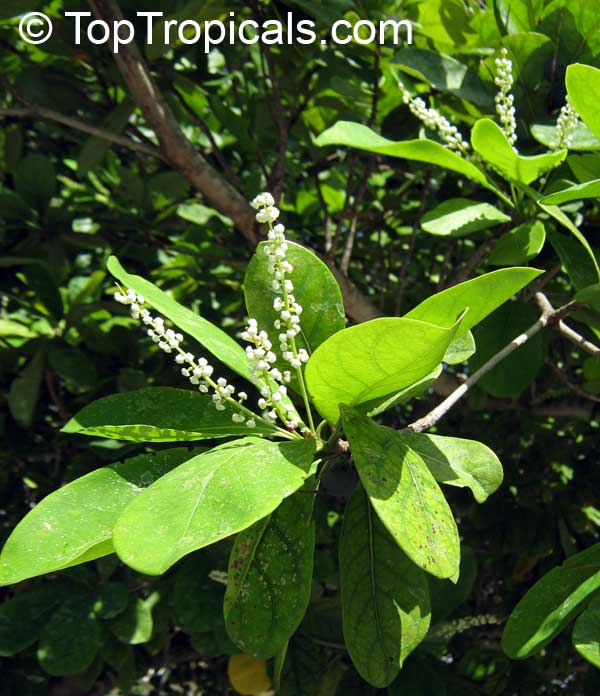
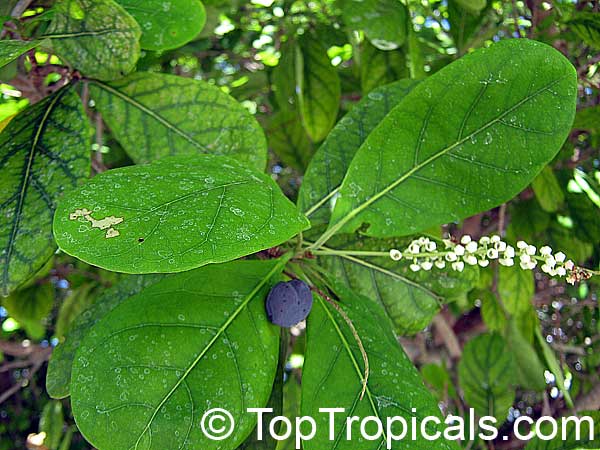
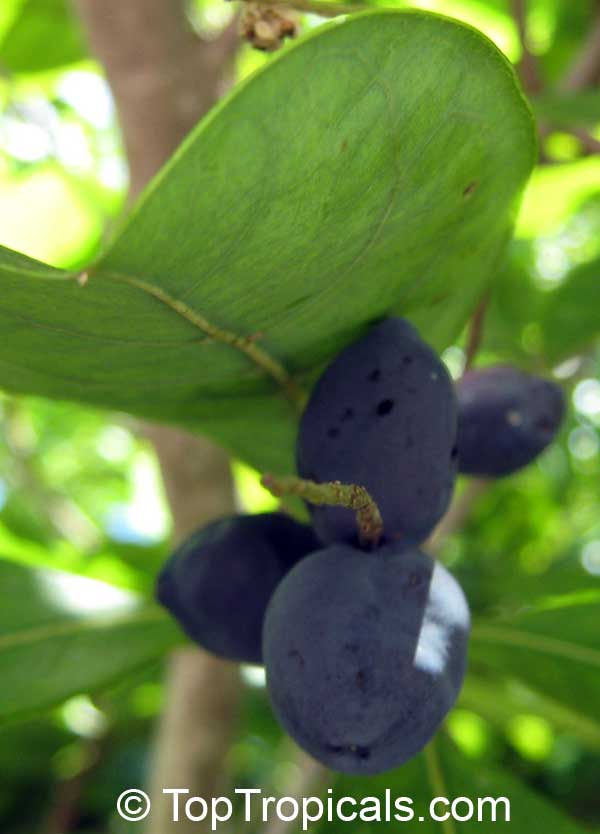
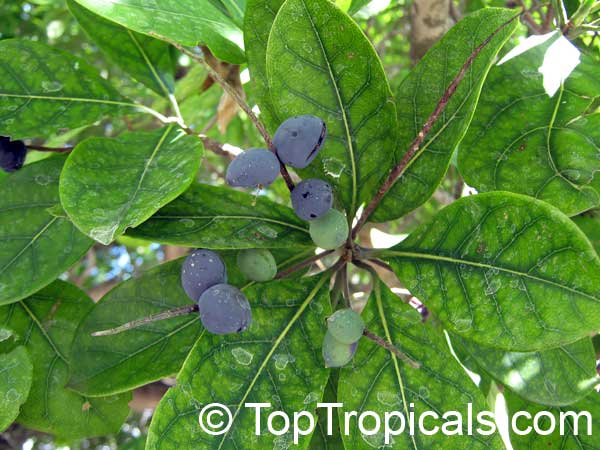
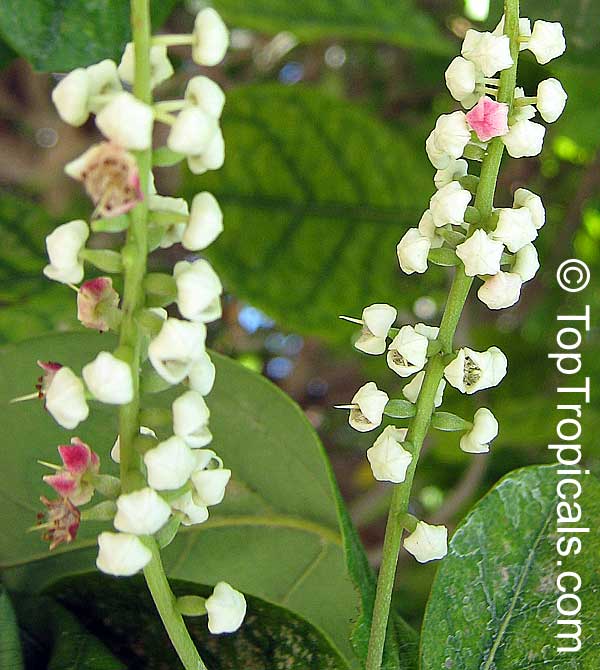
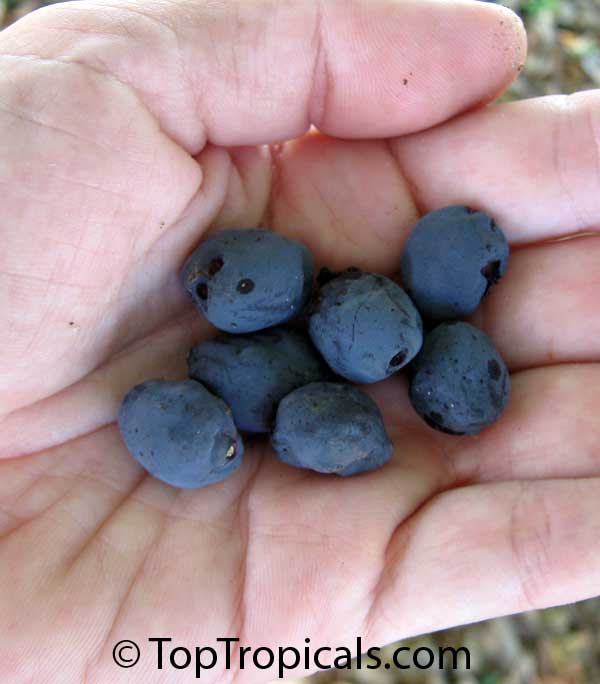
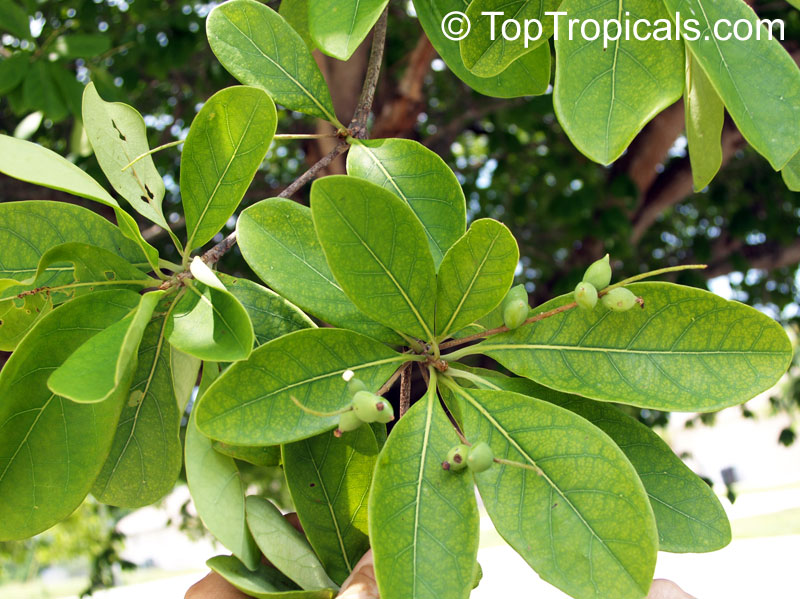
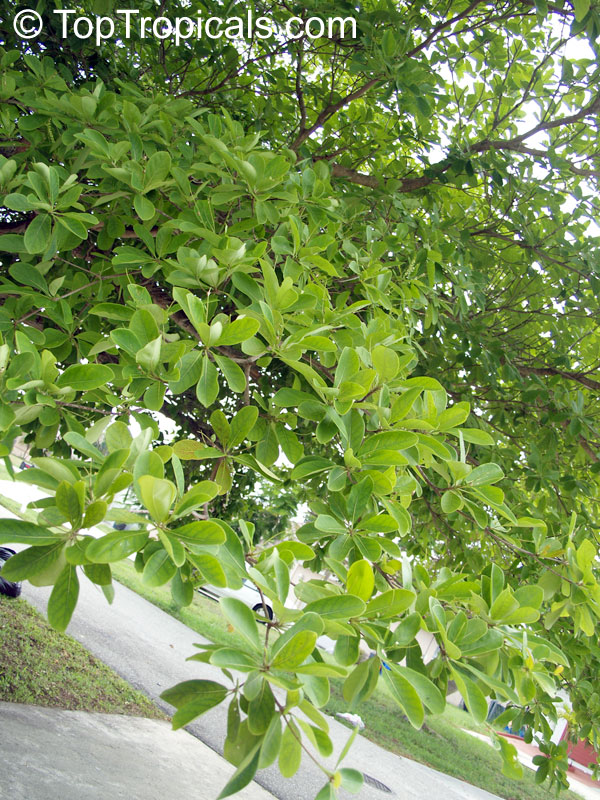
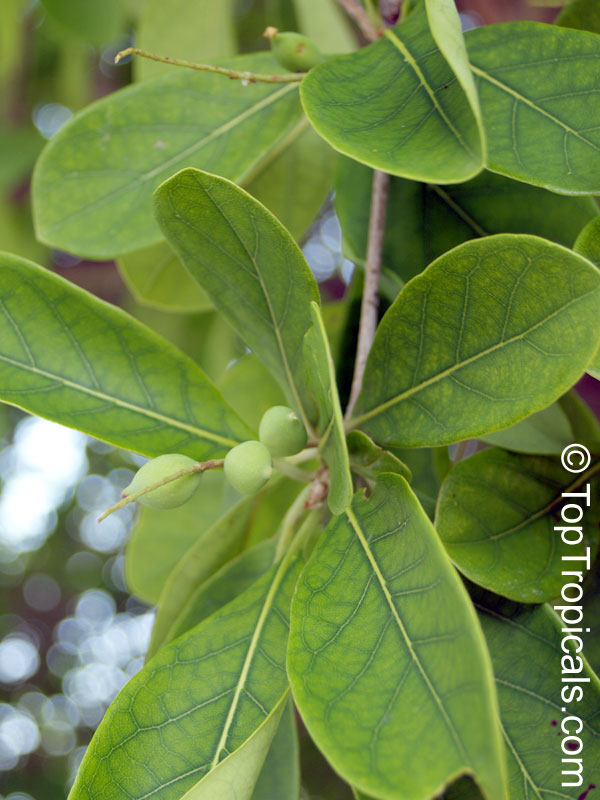
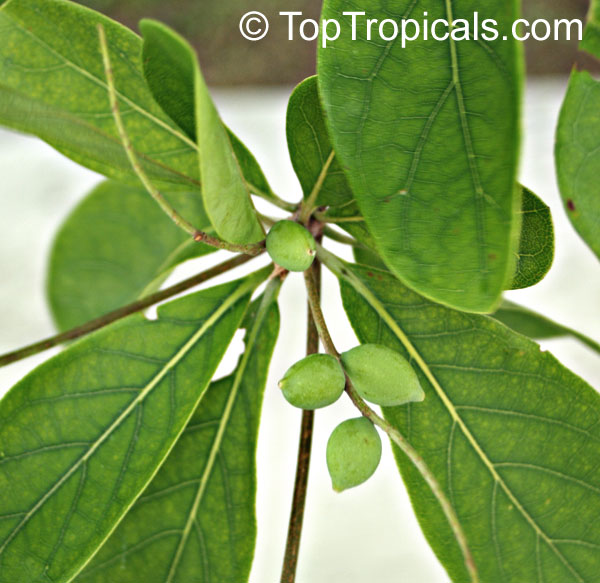
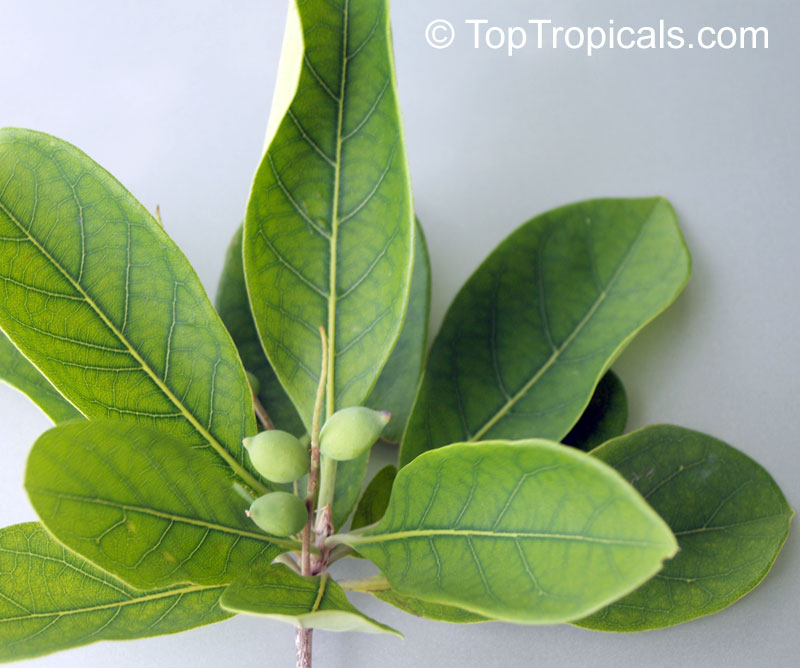
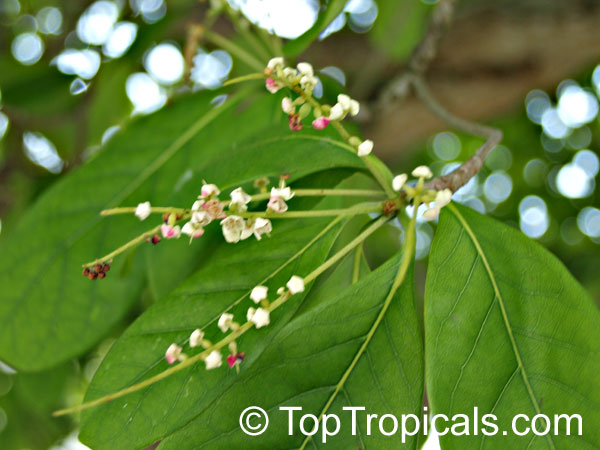
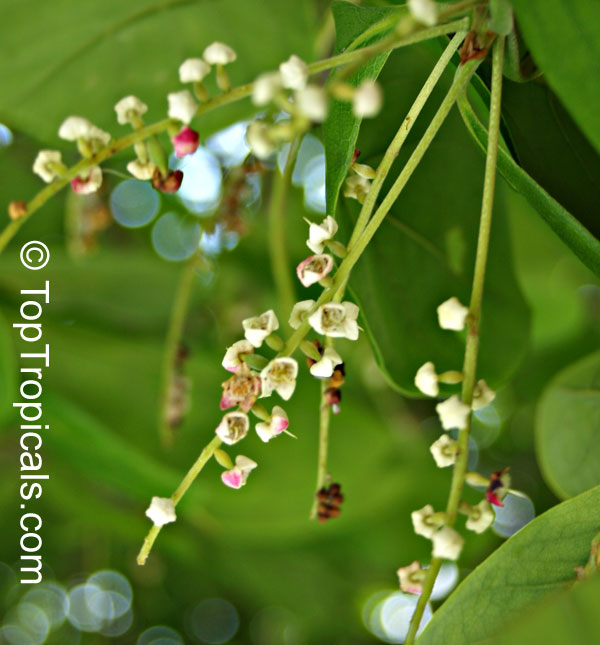
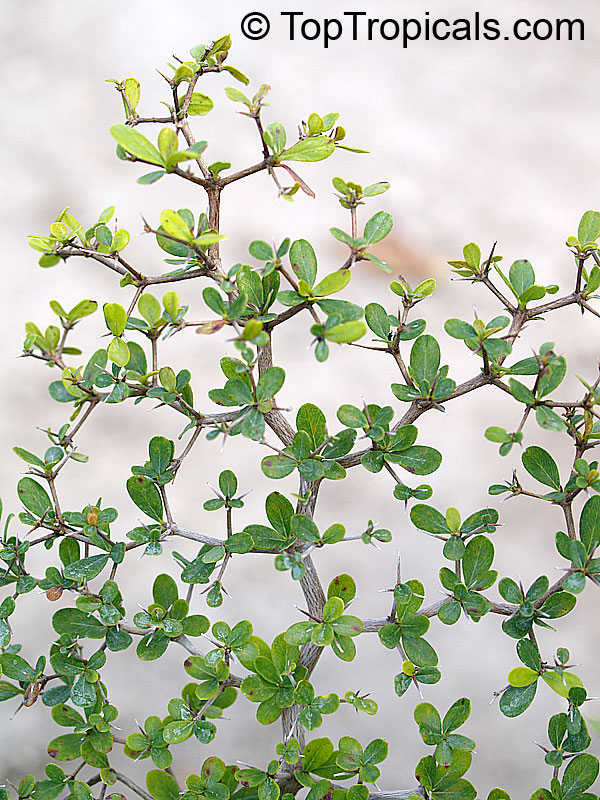
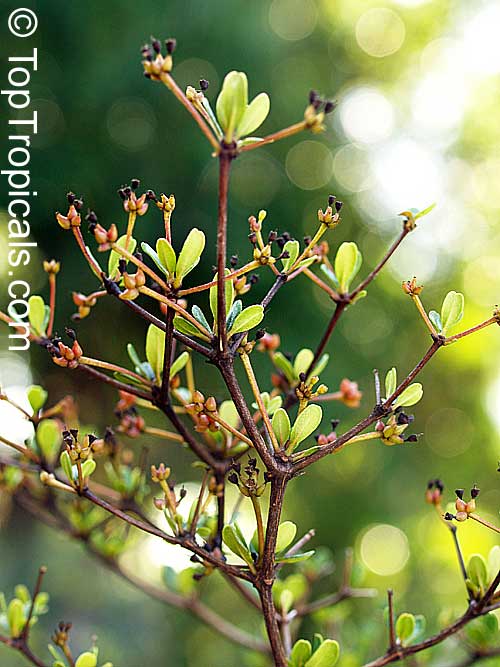
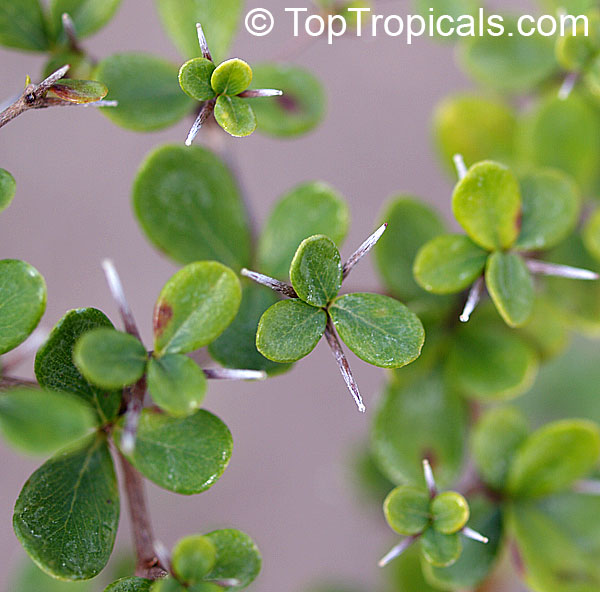
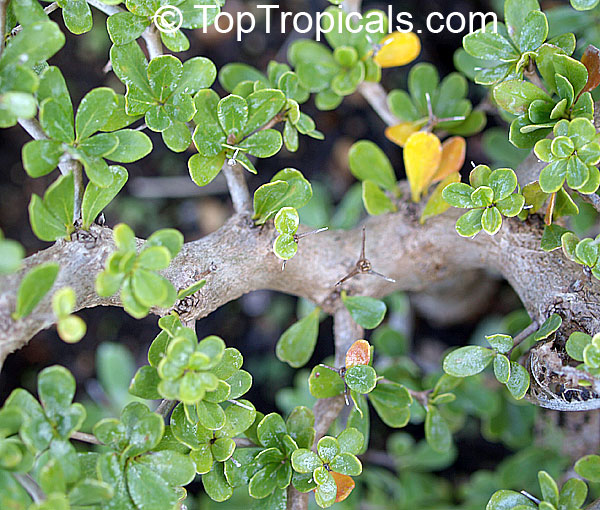
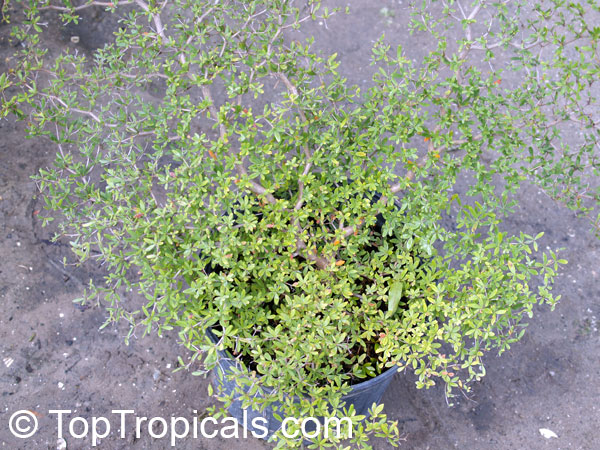
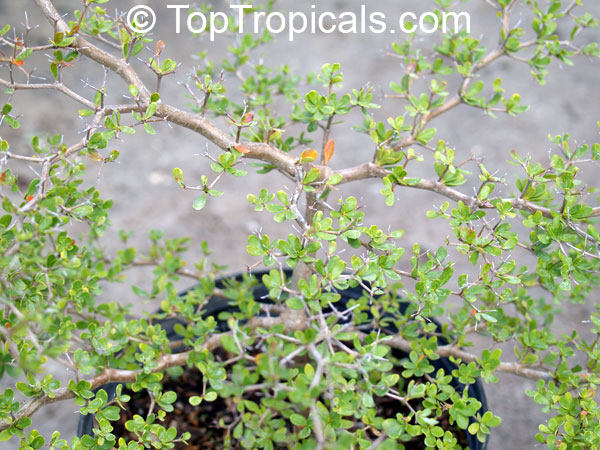
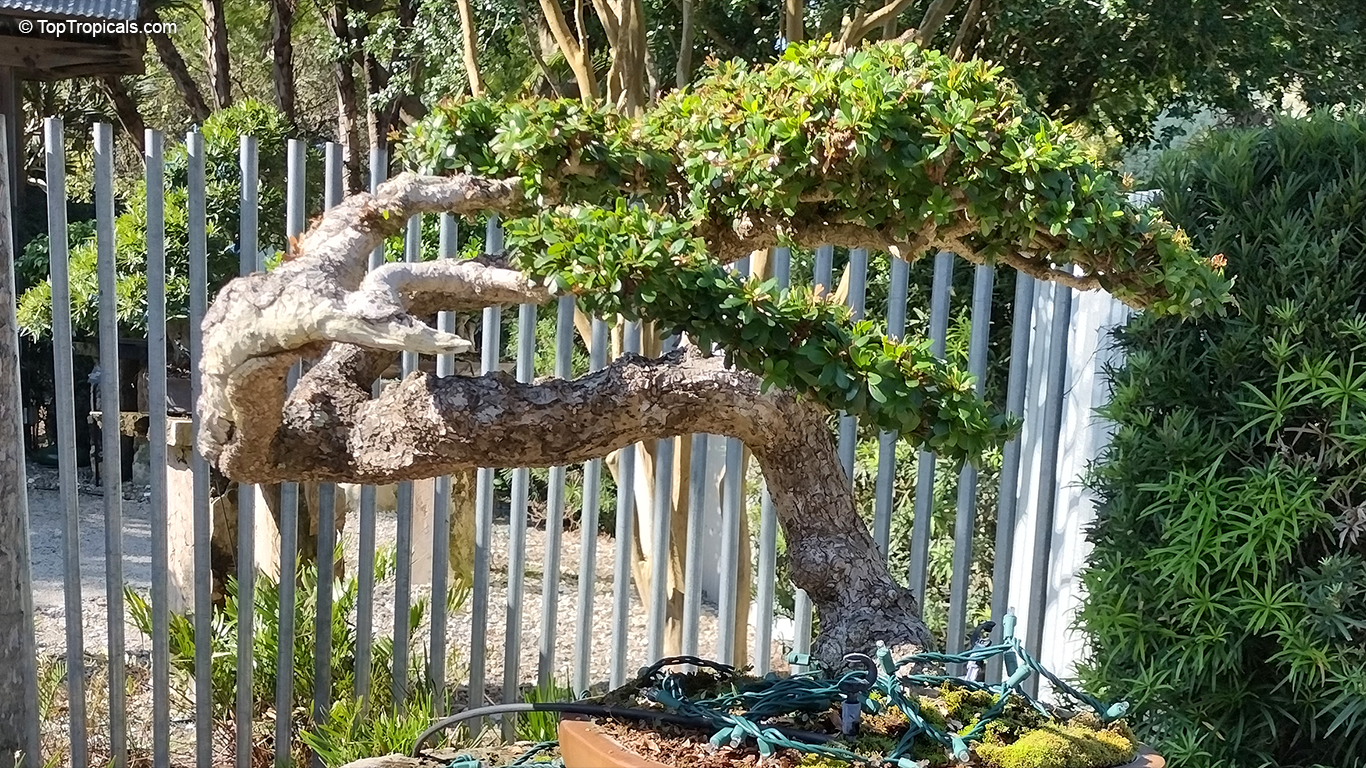
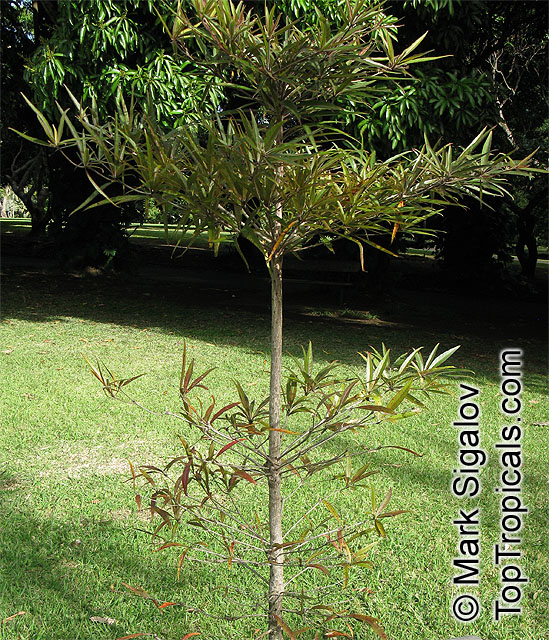
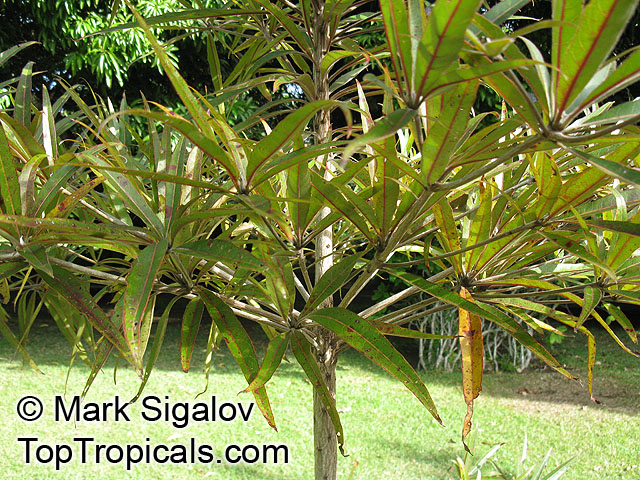
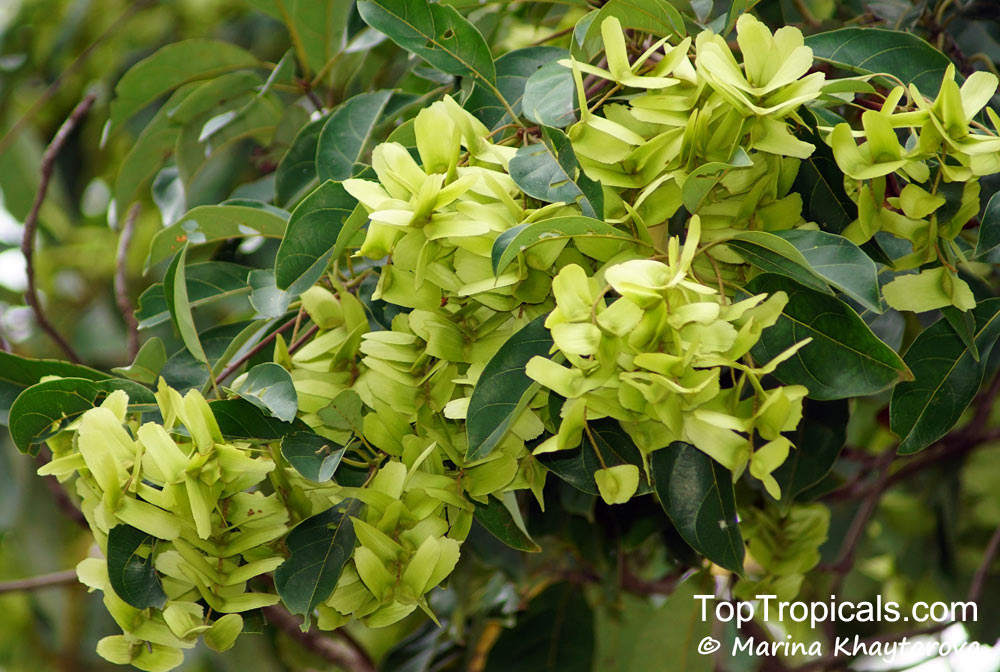
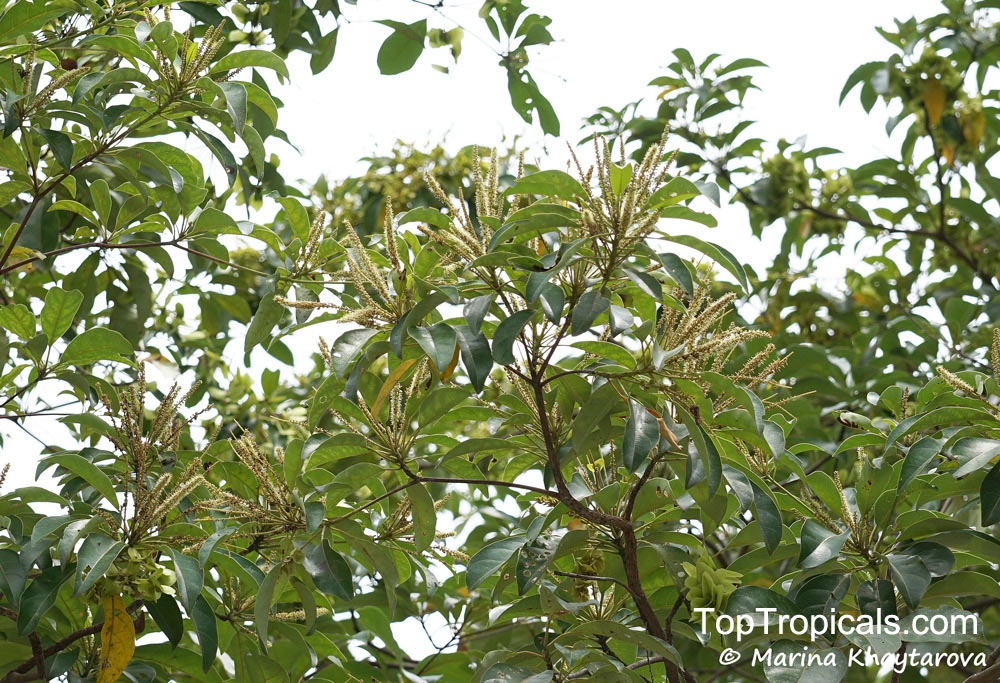
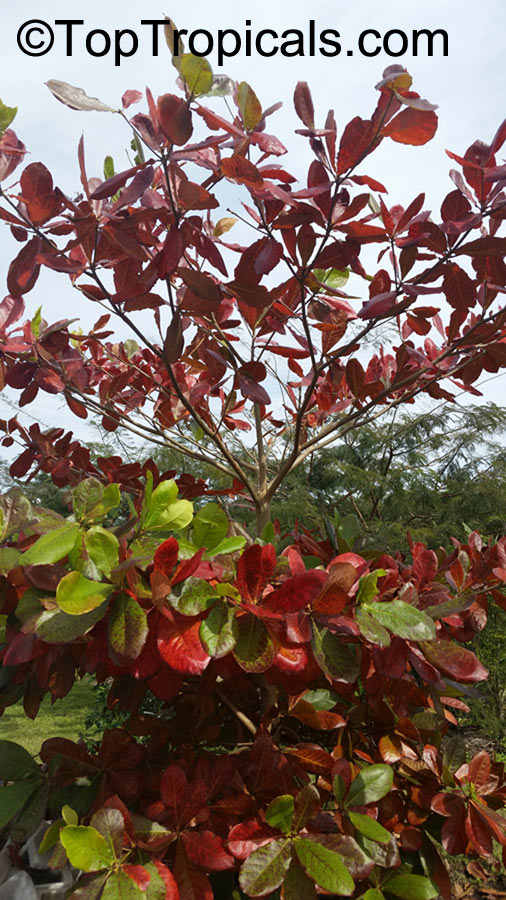
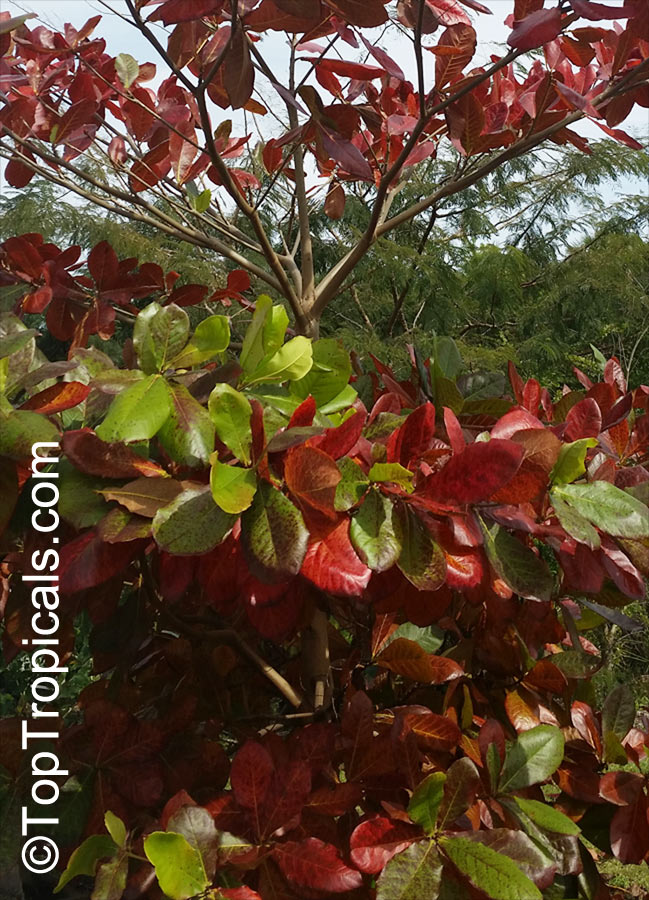
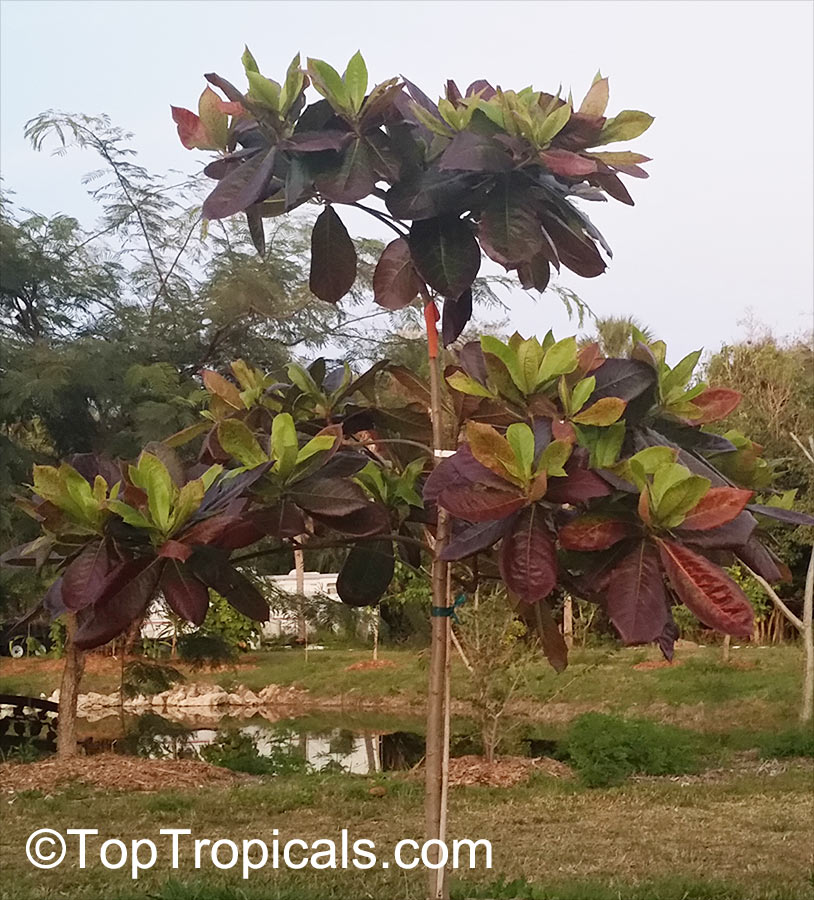
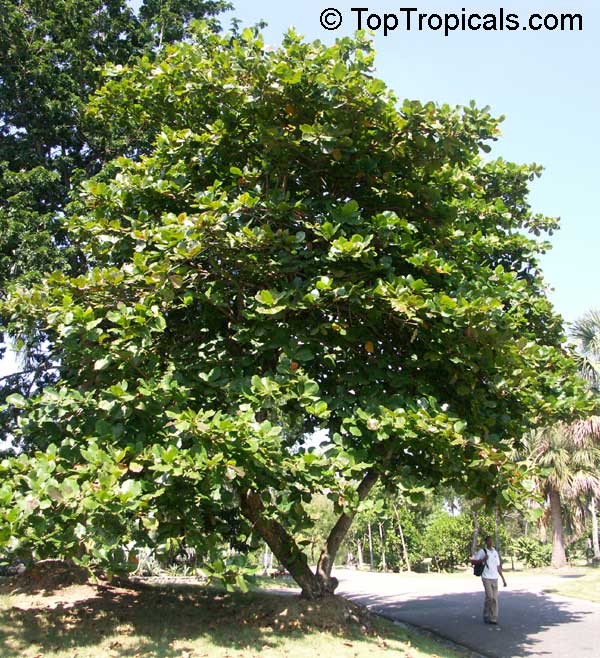
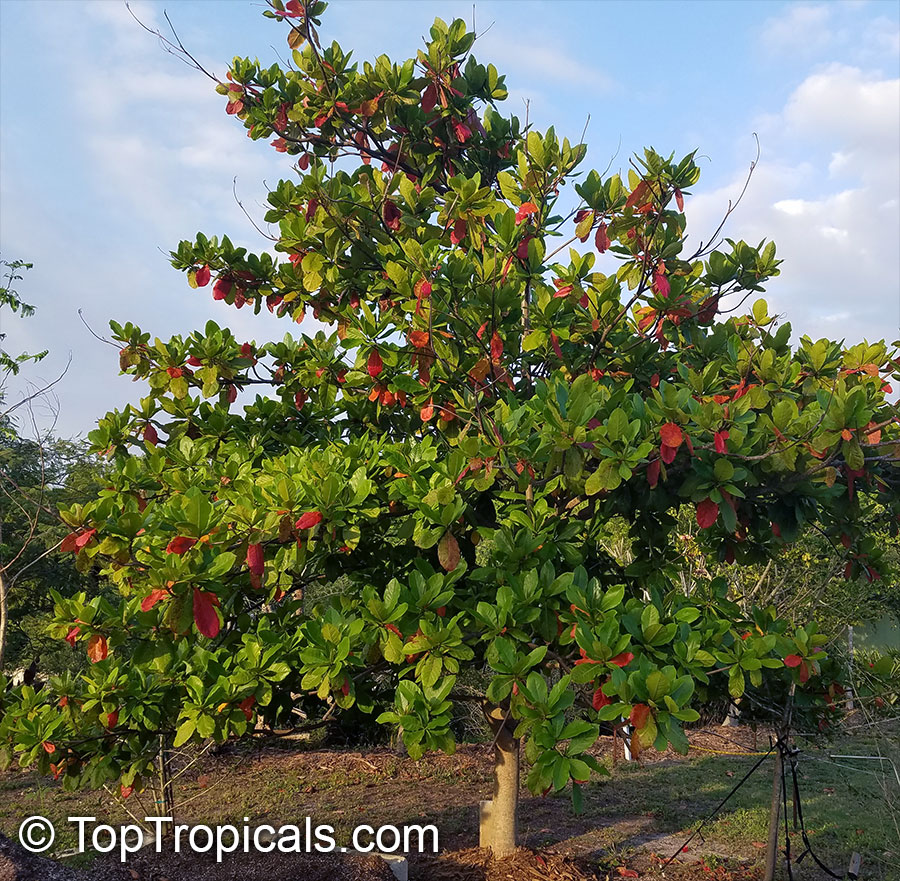
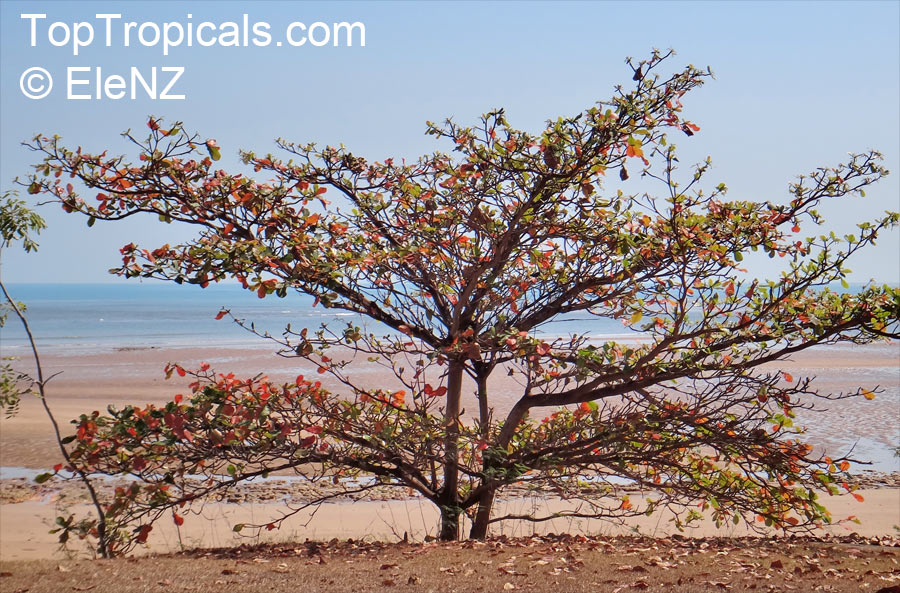
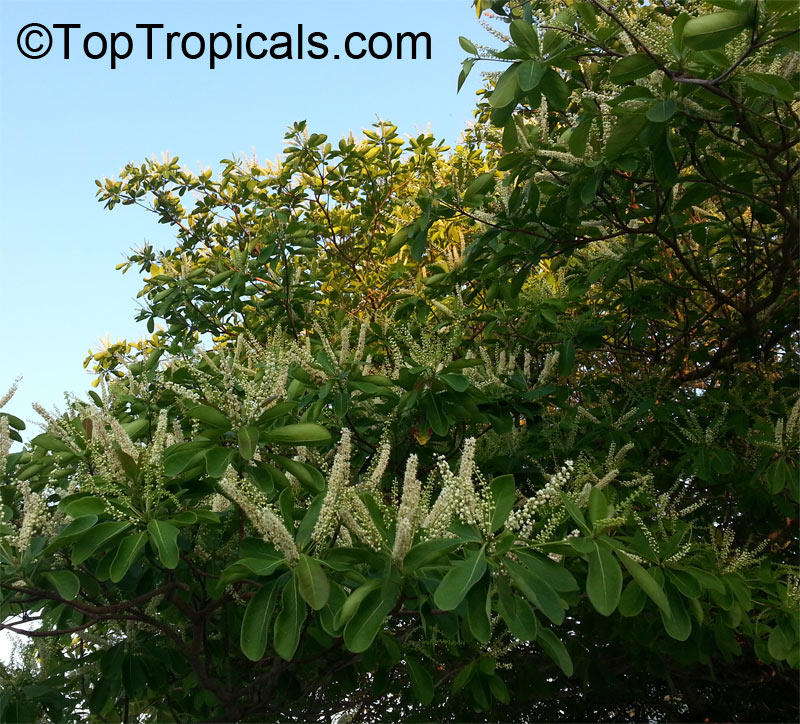
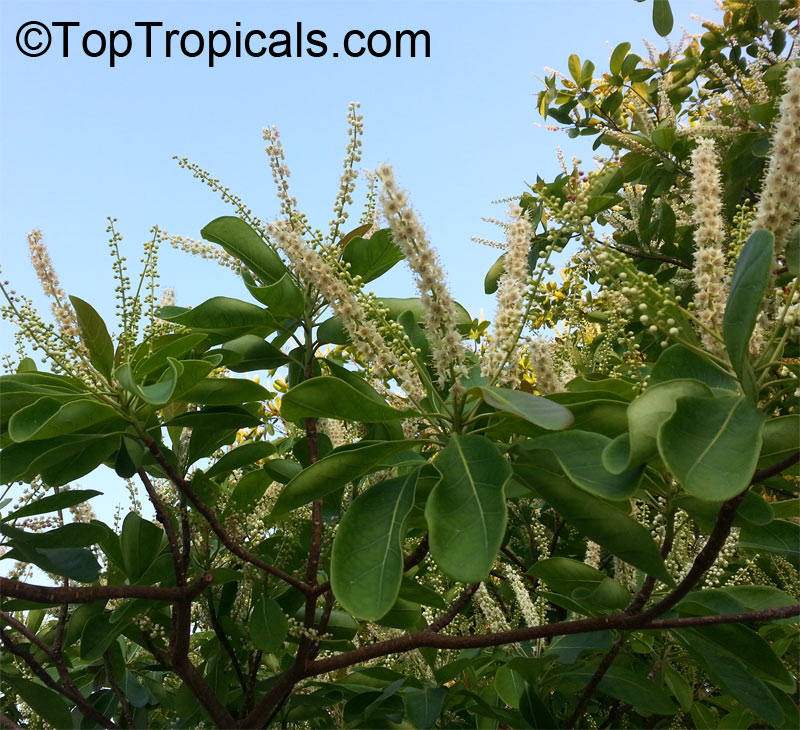
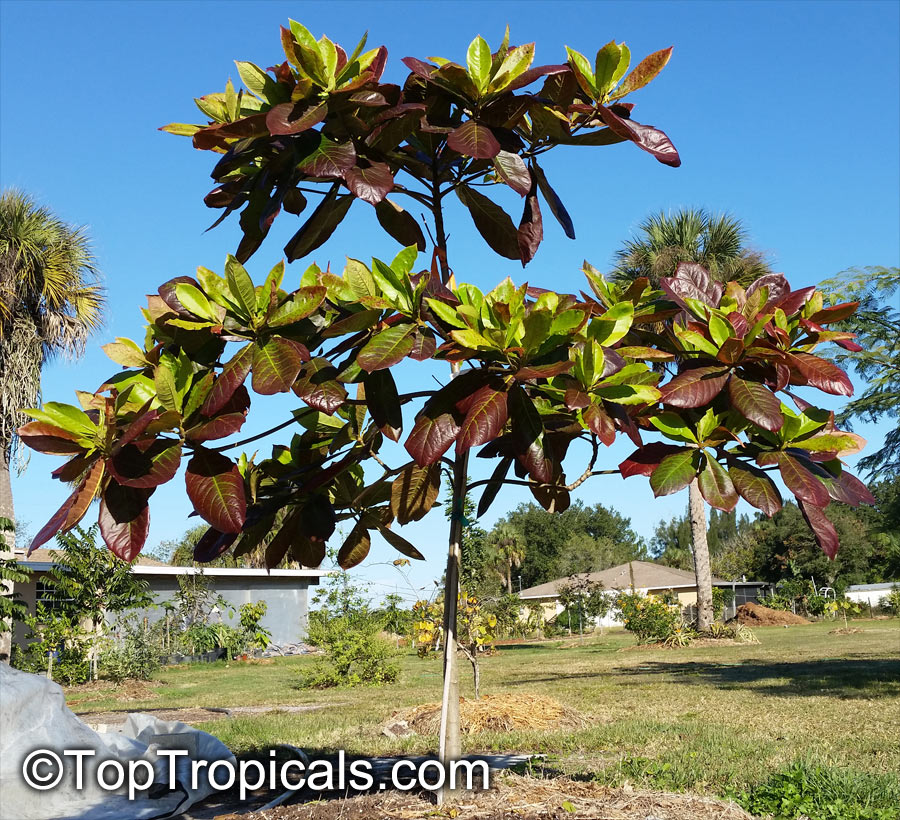
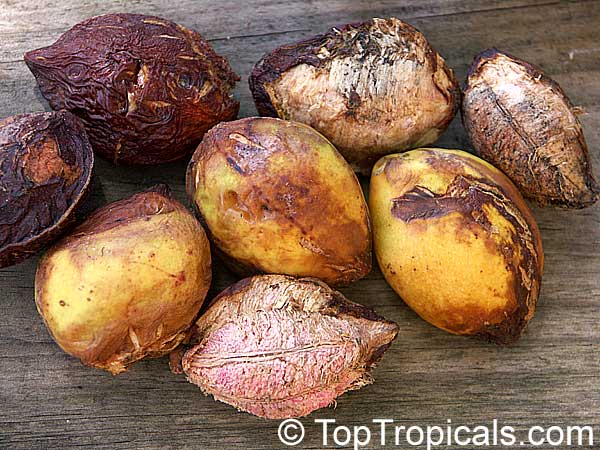

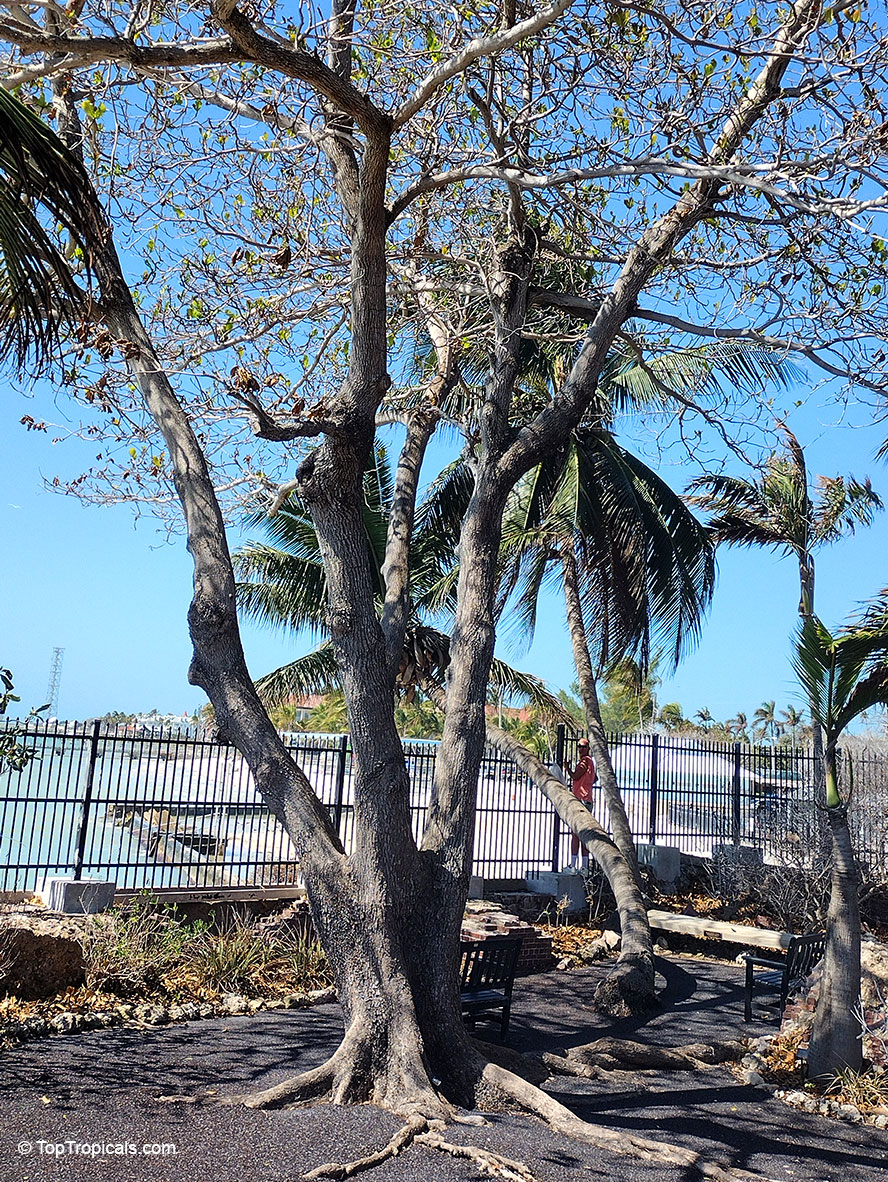
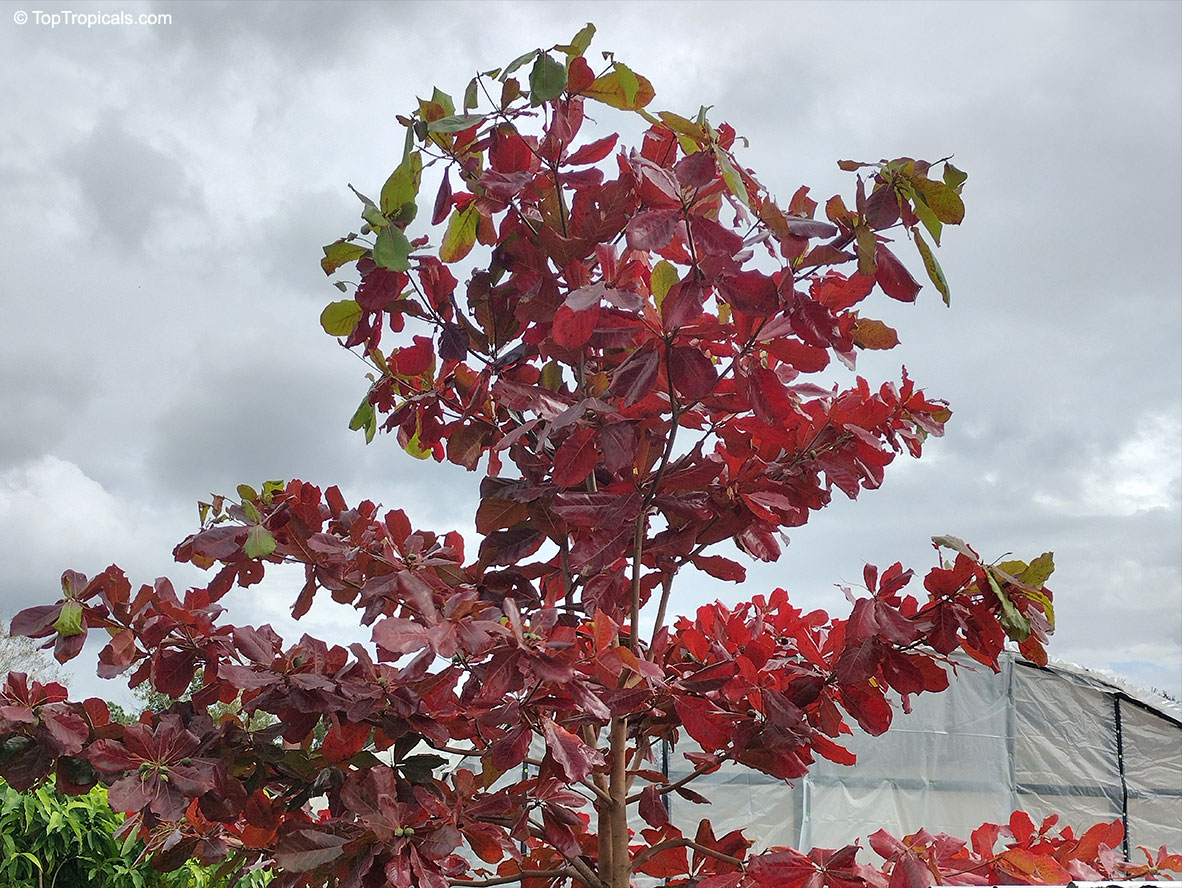
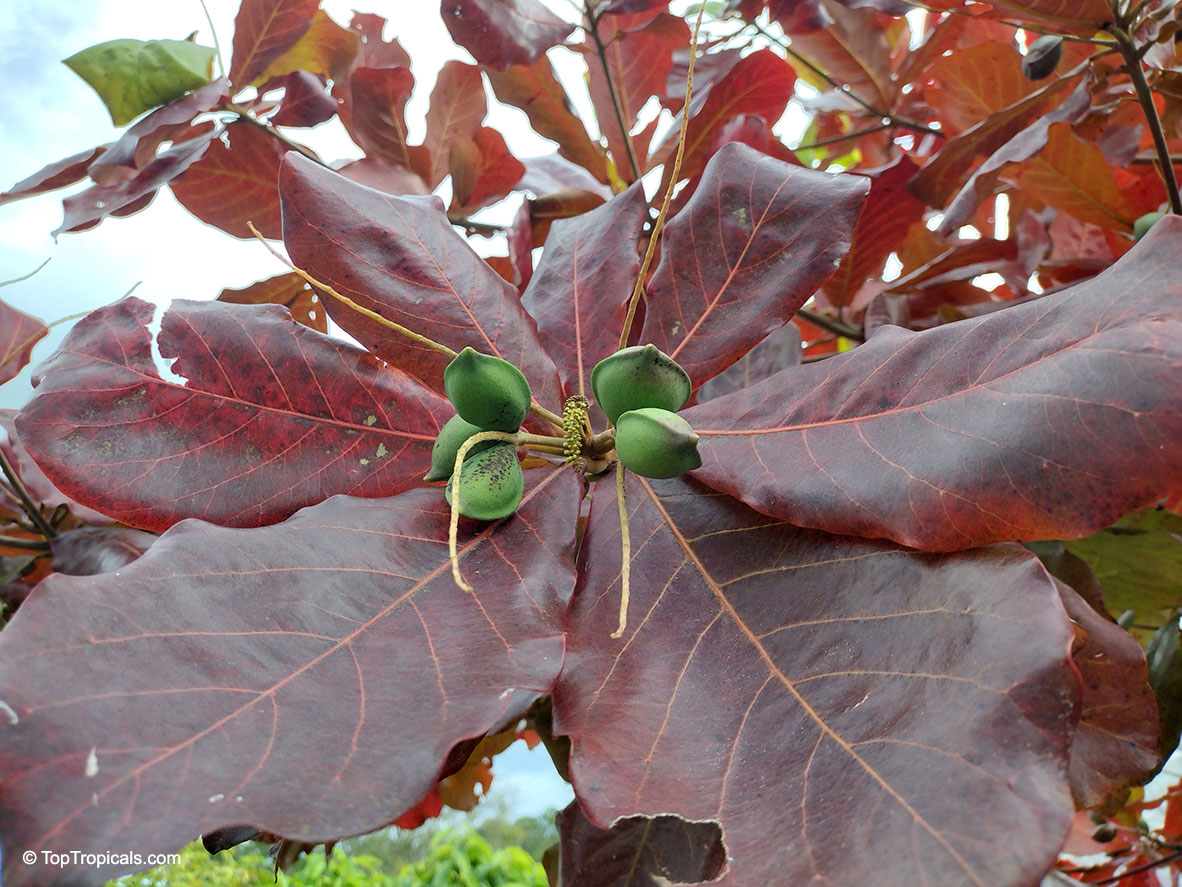
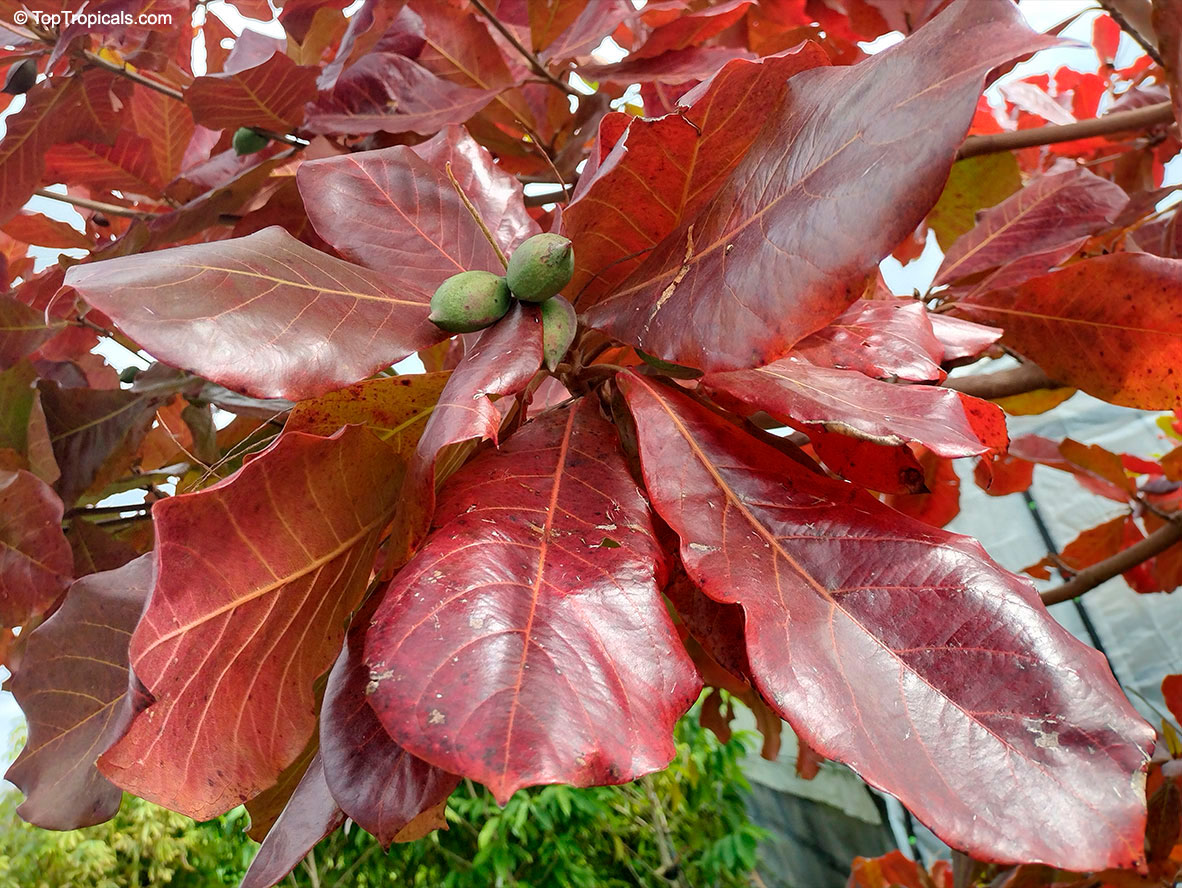
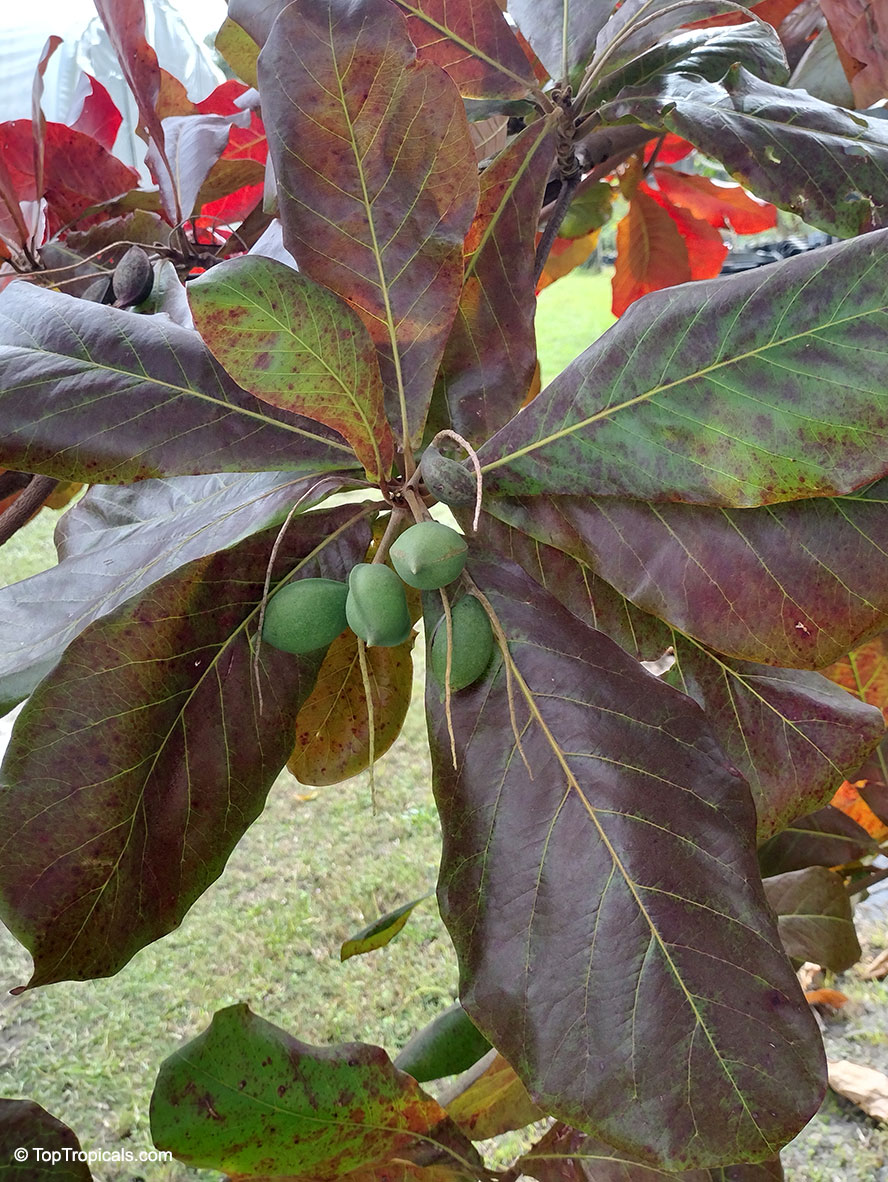
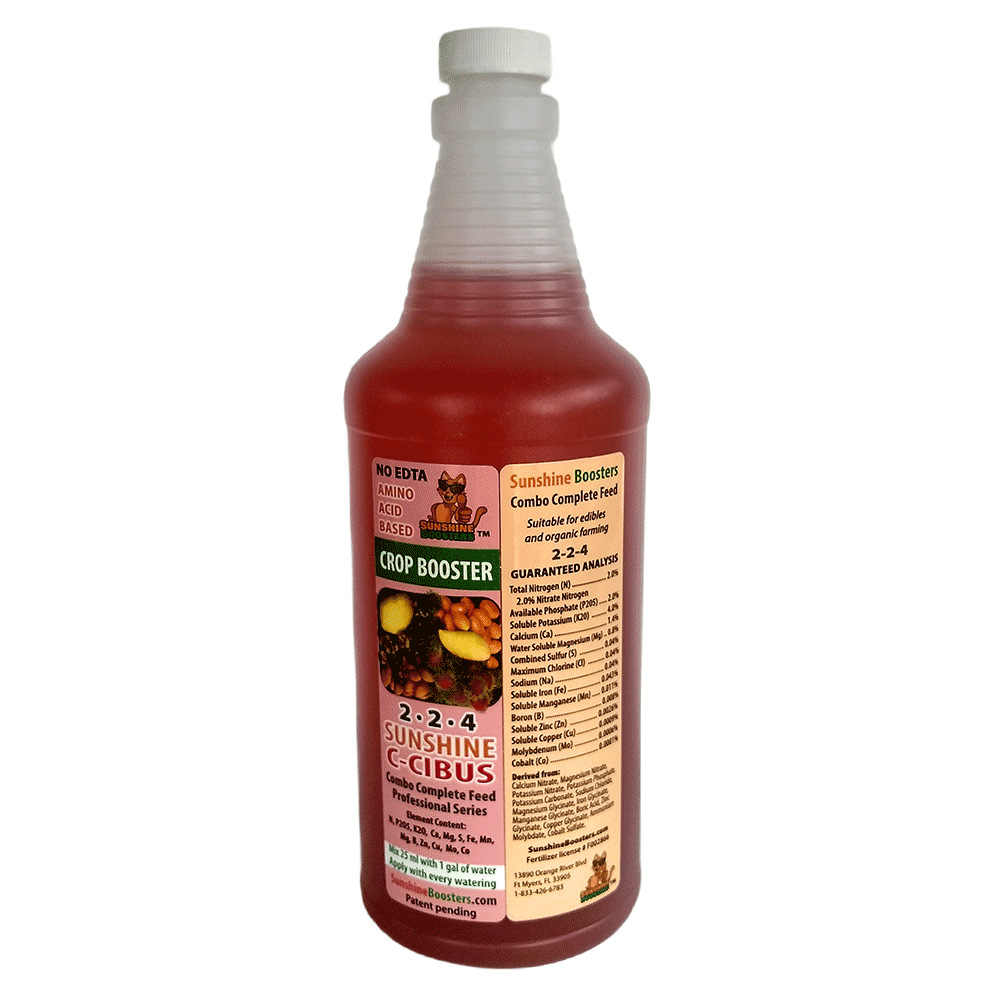 SUNSHINE C-Cibus (NPK 2-2-4) - Crop Booster for every watering.
SUNSHINE C-Cibus (NPK 2-2-4) - Crop Booster for every watering. 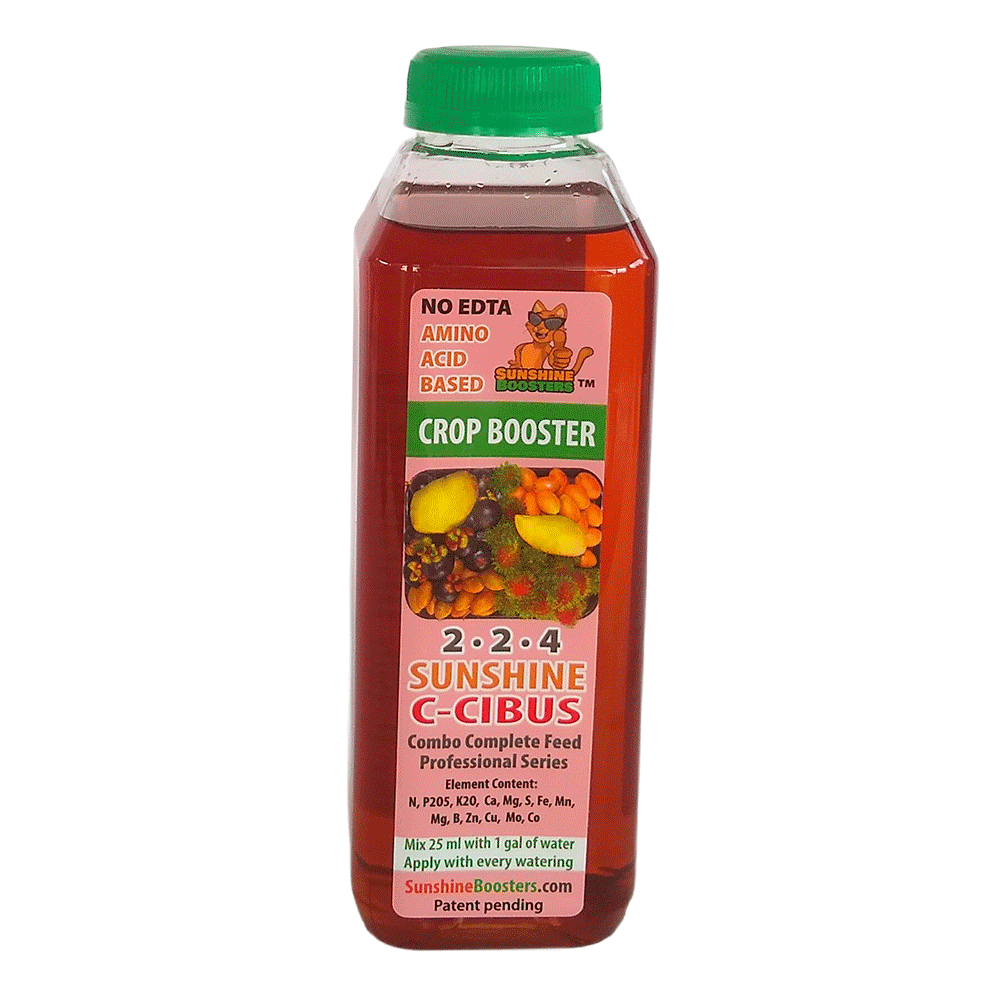 SUNSHINE C-Cibus (NPK 2-2-4) - Crop Booster for every watering.
SUNSHINE C-Cibus (NPK 2-2-4) - Crop Booster for every watering. 